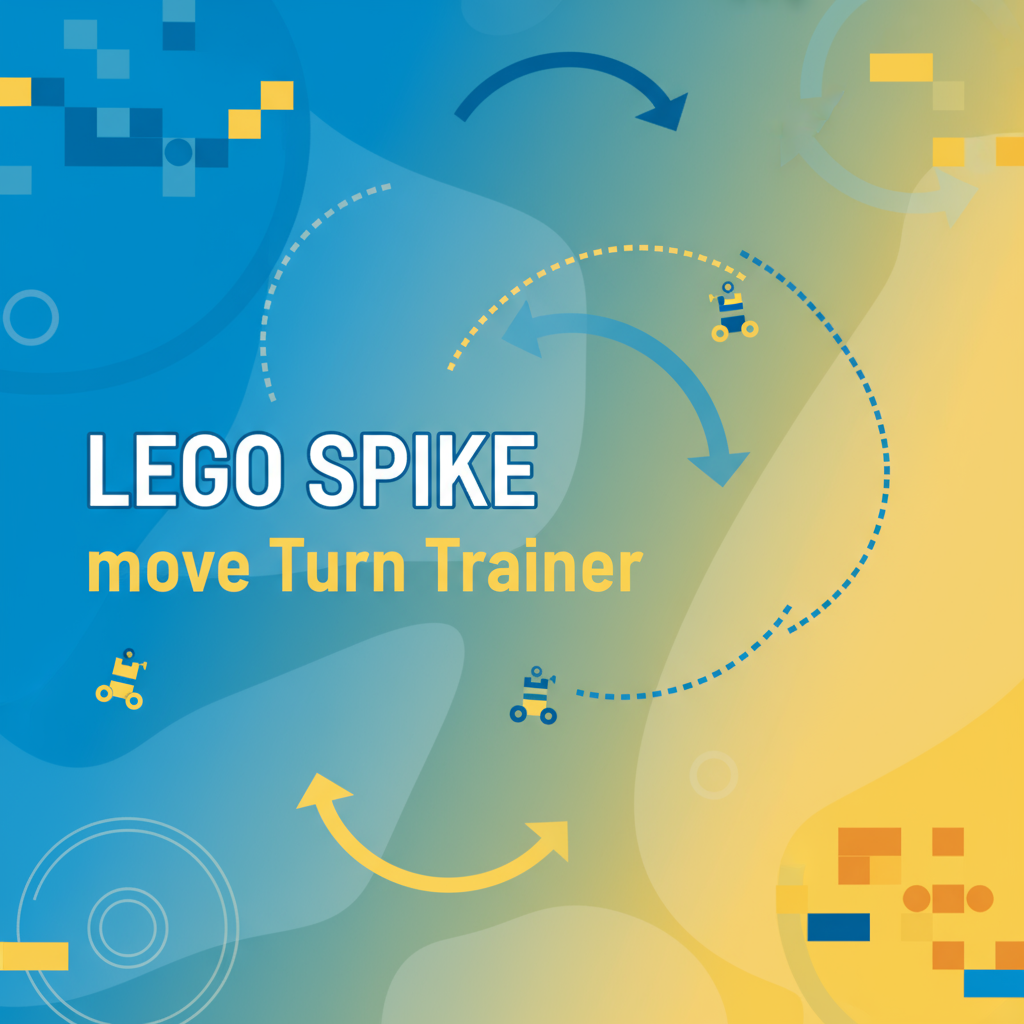
LEGO SPIKE move_for_time Path Forecaster
Plan and predict the LEGO SPIKE `move_for_time` method. Explore how time, steering, and velocity combine to create curved paths, preview loops like squares or polygons, and export ready-to-run Python templates that include optional repetition structures for classroom experiments.
📊 Forecast & Visualization
Calibration Notes
- --
- --
- --
Timing-based movement depends on motor speed consistency. Forecasts assume steady motion—use calibration runs to measure real distances and adjust your velocity percentage accordingly.
The LEGO SPIKE Prime Python reference notes that move_for_time() runs motors asynchronously and expects velocities as percentages of the paired hub motors. Review the official LEGO SPIKE Python documentation for parameter behaviors, braking modes, and classroom safety guidance before scheduling long-duration moves.
🧭 Motion Inputs
Adjust steering and velocity to match your move_for_time command.
Use this planner when timing challenges require consistent arcs. Calibrate with straight runs first, then layer in steering.
💻 Python Code for Your Robot
Expand your expertise
Recommended deep dives and guides matched to LEGO SPIKE move_for_time Path Forecaster.